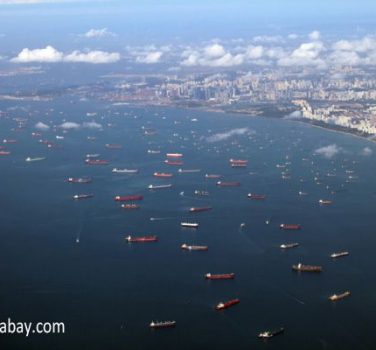Why are customers increasingly asking us for new replacement parts, even when we can supply the original equipment manufacturers’ part?
Read more...

Why are customers increasingly asking us for new replacement parts, even when we can supply the original equipment manufacturers’ part?
Read more...
Much like going to the horse races, there’s a buzz in going to the auctions. But the similarities don’t end there – people will proudly tell you about their “wins”, but usually not about the times they went in over their heads and paid too much or bought something which wasn’t what they thought it […]
Read more...
Part of keeping a business in front of competitors is to stay abreast of developments. We recently asked for some unbiased external advice in relation to marketing, in particular about what the “new” developments are. What we found was quite interesting, but I was also amazed at how common it was to forget to think […]
Read more...
Ever wonder why some succeed where others fail? Every young punk fan probably dreamt of anarchy and not playing by the rules. When one or two people do this, it’s largely just a nuisance to others, but if you take this to its extension, you end up with totally lawless societies consisting of survival of […]
Read more...
Cash flow is like blood flowing through our body – when it stops, so too does everything else. After having been great customers for over 25 years, we have unfortunately seen some established and historically well run businesses go into Administration or Receivership recently because they have been caught out doing work for another company […]
Read more...
Our January edition is usually dedicated to bringing our readers up to date on changes affecting our industry for the coming year, as well as using the misty crystal ball to see where we think we’re all headed. This time, thankfully (?), the changes column is quite bare.
Read more...
By adding a versatile PneuVibe Compactor Plate to their range of attachments has given the GWT Earthmoving fleet more flexibility in meeting the requirements of a variety of works.
Read more...
In an increasingly competitive earthmoving industry, it’s never been more important to have the right attachments for your fleet of excavators and other earthmoving machines. By having an extensive range of attachments to complement your machines, it can allow you to compete for and potentially win additional earthmoving jobs that you’ve previously missed out on. […]
Read more...
The durability of your machine’s undercarriage components is affected by three important factors: ground conditions, how the machine is operated and the correct machine settings. By regularly inspecting your undercarriage, you can identify any minor problems before they turn into expensive costly issues.
Read more...
A friend of mine recently asked for some assistance in analysing how his business was going. The few jobs we looked at in more detail were actually done at a loss, and it was clear fairly quickly that his business was in trouble. So we sat down and listed what his income and expenses were […]
Read more...